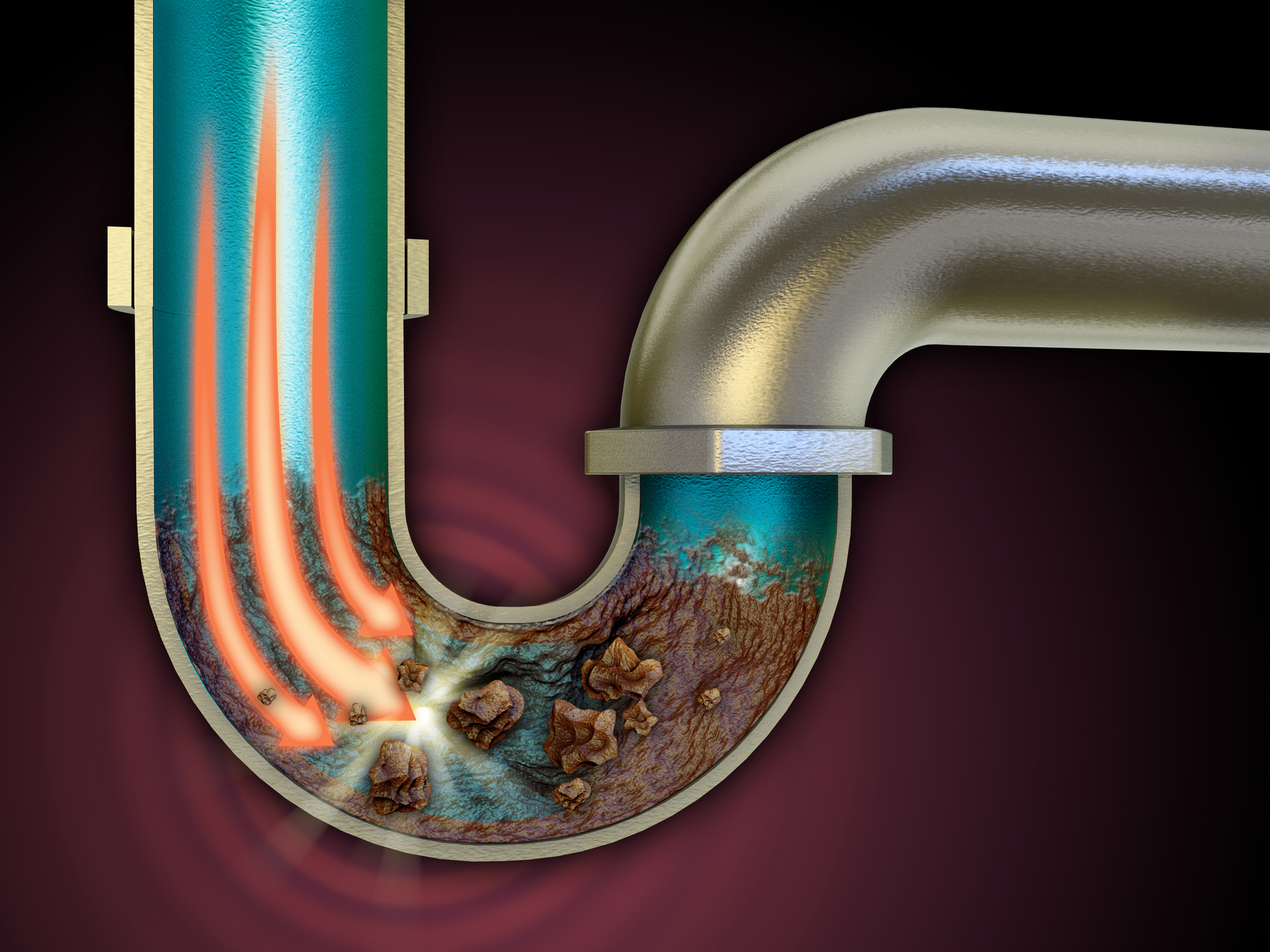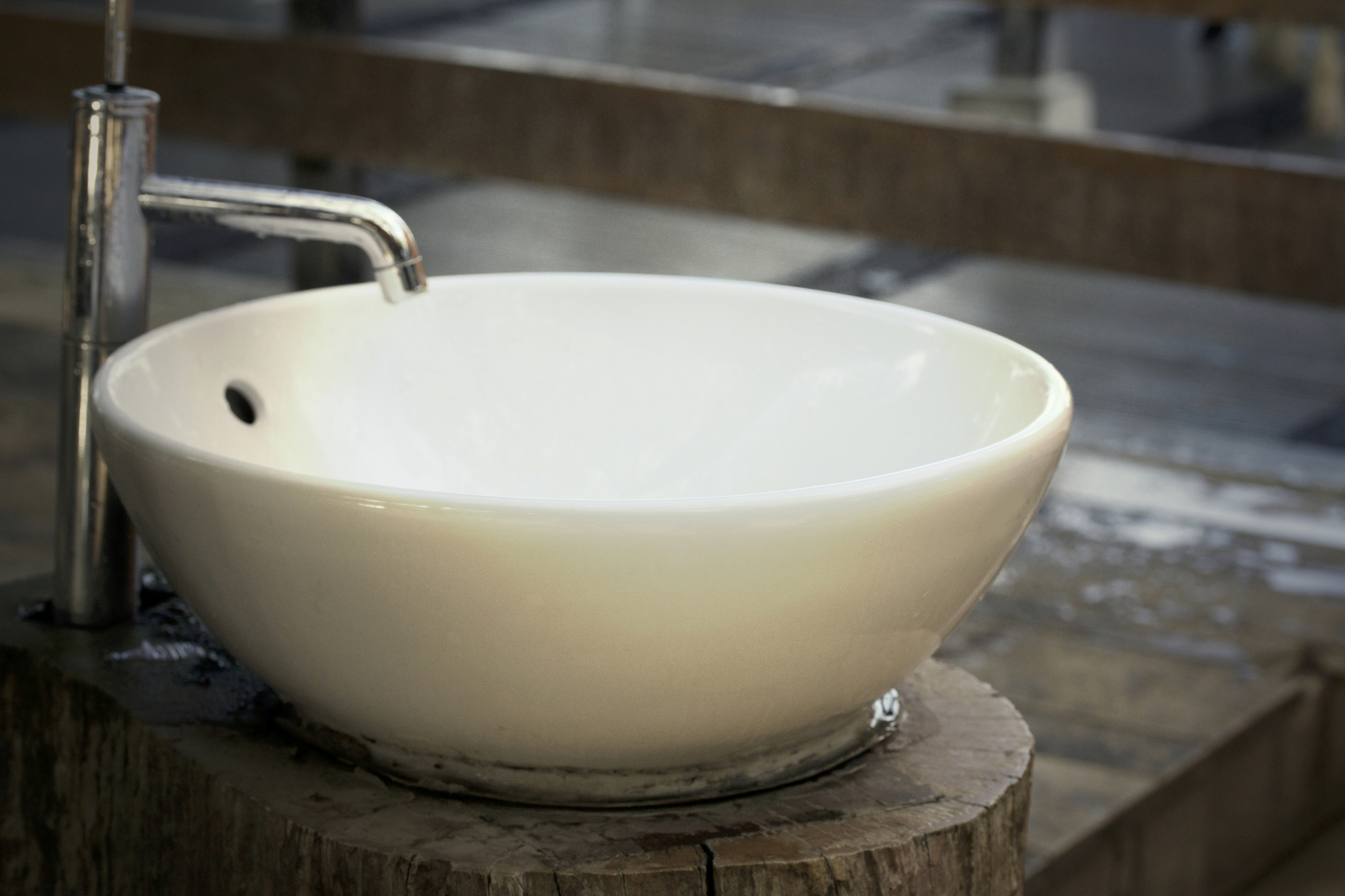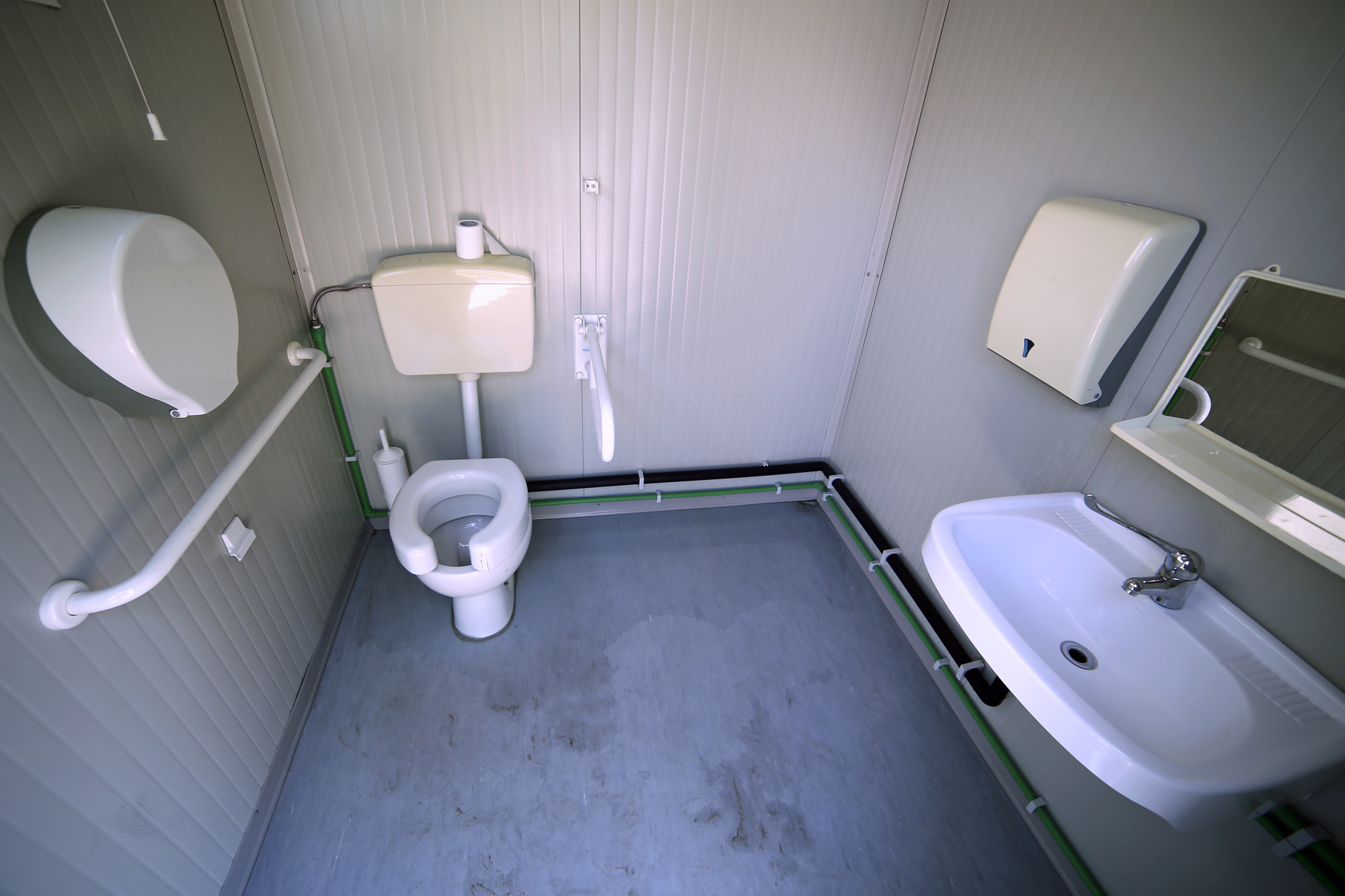For people with disabilities, something as simple as using the toilet can be a challenge. The average height for a toilet is 14 to 16 inches, but for many people with disabilities, this height is not practical. Luckily, handicap toilets exist to provide a more comfortable and functional option. In this article, we’ll cover everything you need to know about handicap toilets, including what they are, their benefits, different types, and installation.
What is a Handicap Toilet?
A handicap toilet, also known as an accessible toilet or an ADA-compliant toilet, is a specialized toilet designed to provide greater comfort and accessibility for people with disabilities. It has a higher seat and is designed to be easily reachable by individuals in wheelchairs or with other mobility challenges. The goal of handicap toilets is to provide safer and easier access to the toilet for people with disabilities.

Benefits of Handicap Toilets
Handicap toilets offer several benefits over traditional toilets. These include:
1. Height: Handicap toilets typically come in two heights: 17-19 inches or 19-21 inches. This extra height makes it easier for individuals with disabilities to sit and stand up.
2. Support: Many handicap toilets come equipped with grab bars or rails to provide extra support for individuals who require it. These bars offer additional stability and can help individuals feel more secure while using the toilet.
3. Accessibility: Perhaps the most significant benefit of handicap toilets is that they are designed to be accessible for individuals with disabilities. They are easier to reach and use for individuals with mobility challenges, such as those who use a wheelchair.
Types of Handicap Toilets
There are several types of handicap toilets, each designed to meet specific needs. The most common types are:

1. Wall-mounted: A wall-mounted handicap toilet is installed directly into the wall, making it ideal for small spaces. It is also great for bathrooms with limited floor space because it doesn’t take up much room.
2. Floor-mounted: A floor-mounted handicap toilet is installed directly on the floor, making it a more stable option. This type of toilet is also easier to install and is more flexible in terms of positioning.
3. Portable: Portable handicap toilets are designed to be moved easily. They are often used in temporary situations or outdoor events and are made to be easily transported.
4. Bidet: A bidet toilet is a type of handicap toilet that has a built-in bidet. This feature is great for individuals with mobility challenges because it eliminates the need for wiping.
Installation of Handicap Toilets
Installing a handicap toilet requires specialized knowledge and skills. It is essential to work with a plumber who has experience in installing accessible toilets. The first step in installation is to choose the type of toilet that best suits your needs. Once you have decided on the type of toilet, the plumber will measure the area and make sure there is enough space for the toilet and grab bars.
The plumber will then install the toilet according to ADA guidelines, which provide precise instructions on the placement and height of the toilet and grab bars. The toilet should be installed at a height of 17-19 inches or 19-21 inches, and grab bars should be installed on both sides of the toilet, at a height of 33-36 inches from the floor.
Conclusion
Handicap toilets offer several benefits for individuals with disabilities. They are designed to be more accessible and comfortable for people with mobility challenges and can provide additional support through grab bars. There are several types of handicap toilets, including wall-mounted, floor-mounted, portable, and bidet options. Installation of a handicap toilet requires specialized knowledge and skills, and it is crucial to work with a plumber who has experience in installing accessible toilets. For more information on handicap toilets and other plumbing services, visit aceplumbingrepair.com or give us a call at (844) 711-1590.






